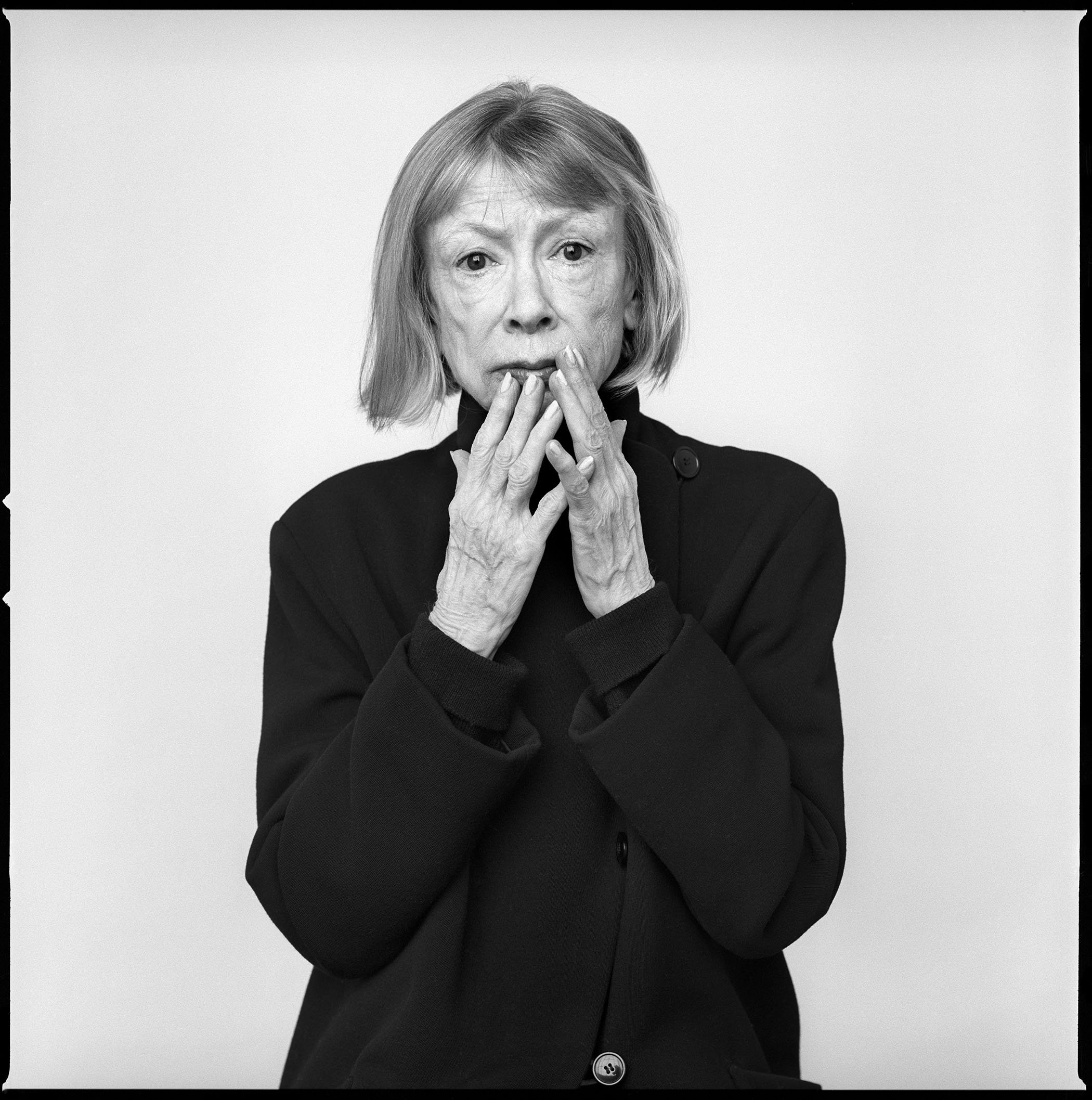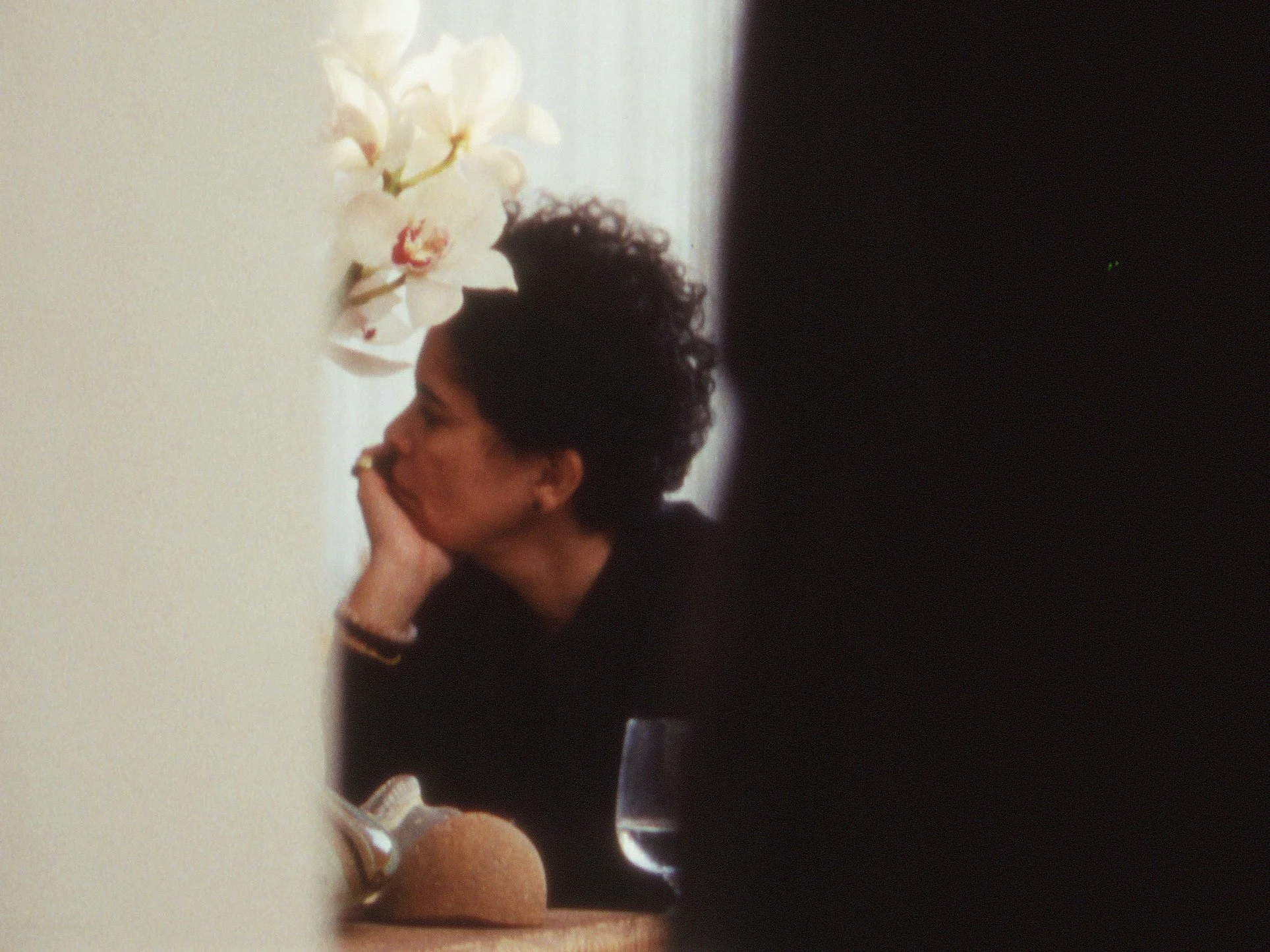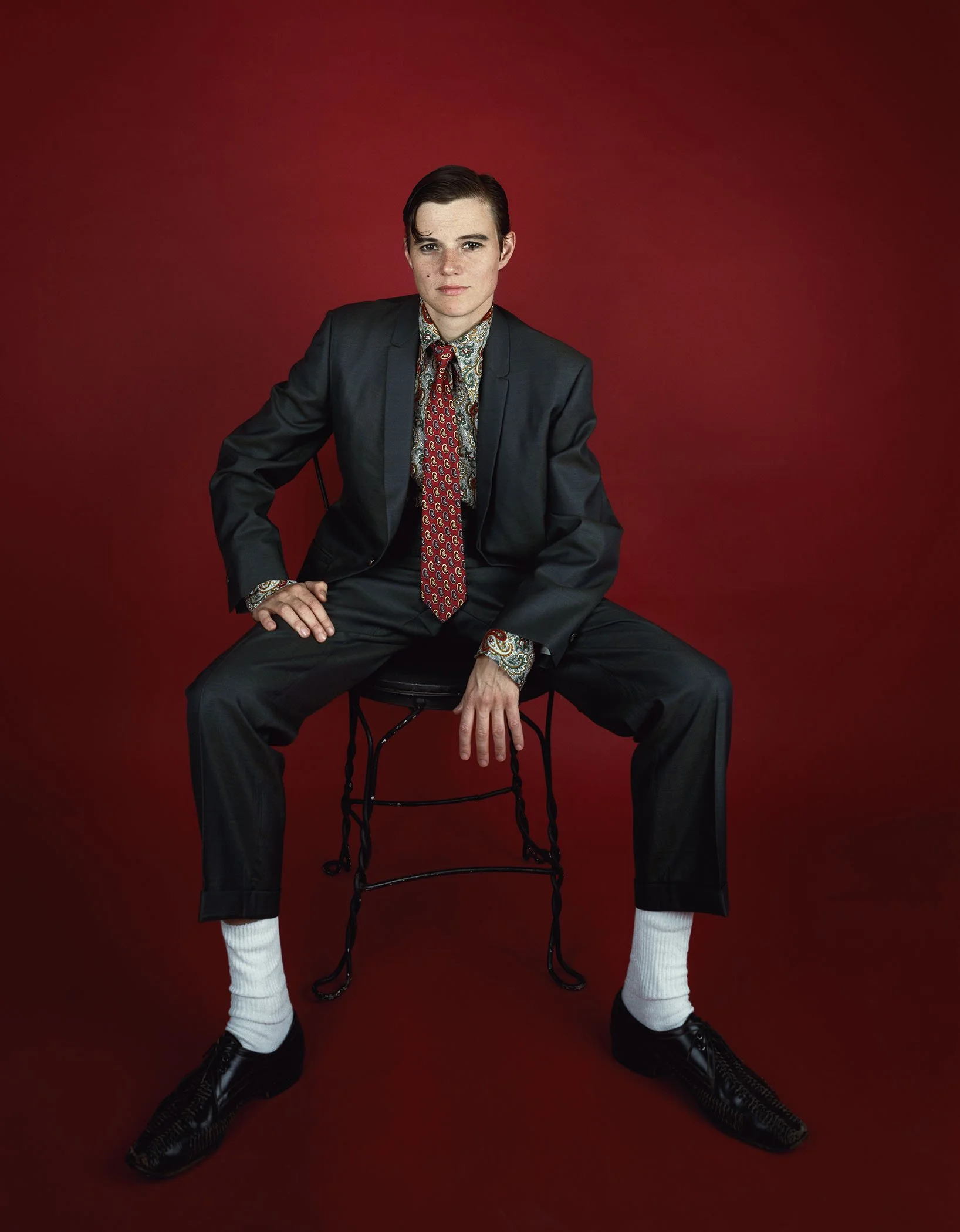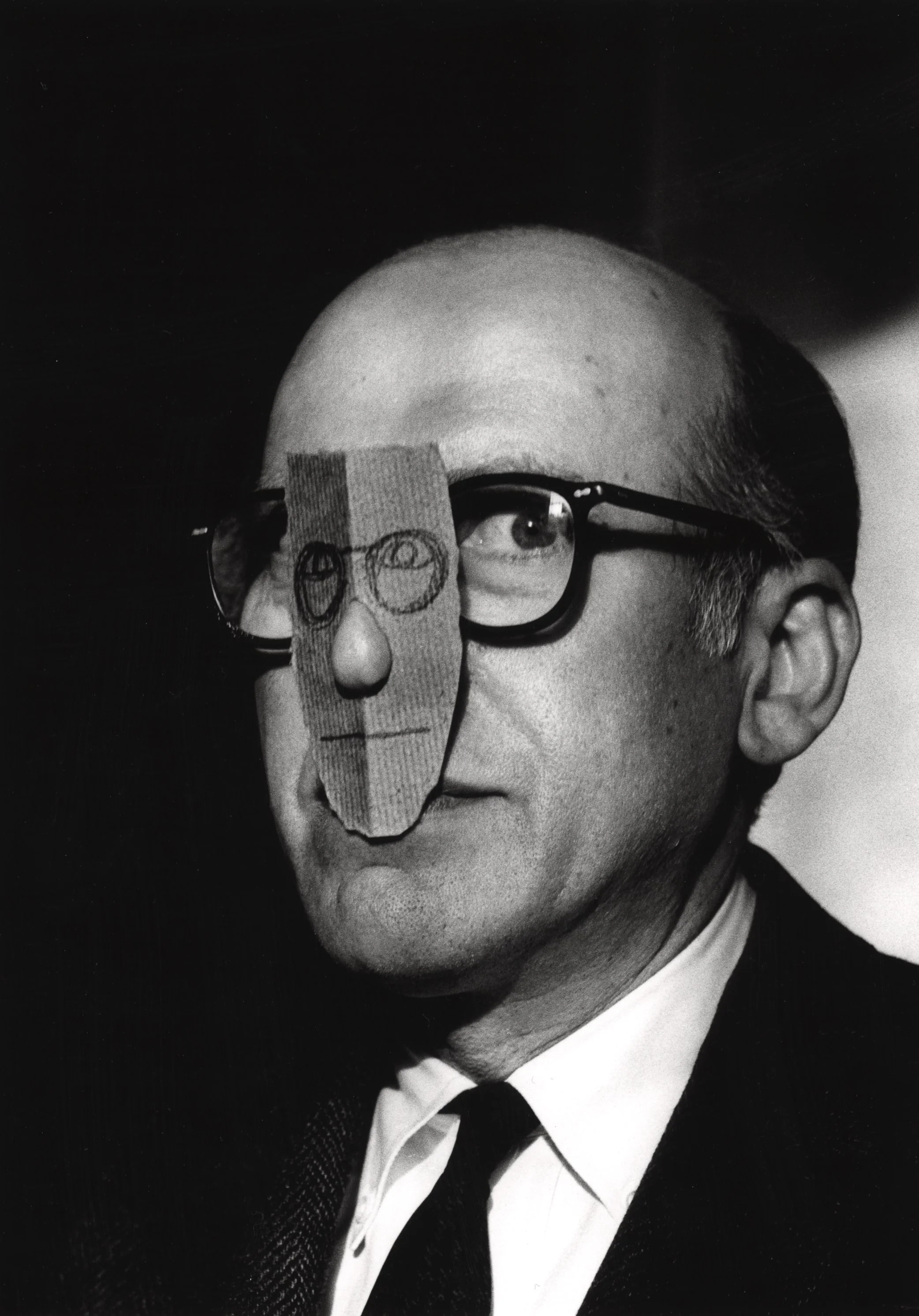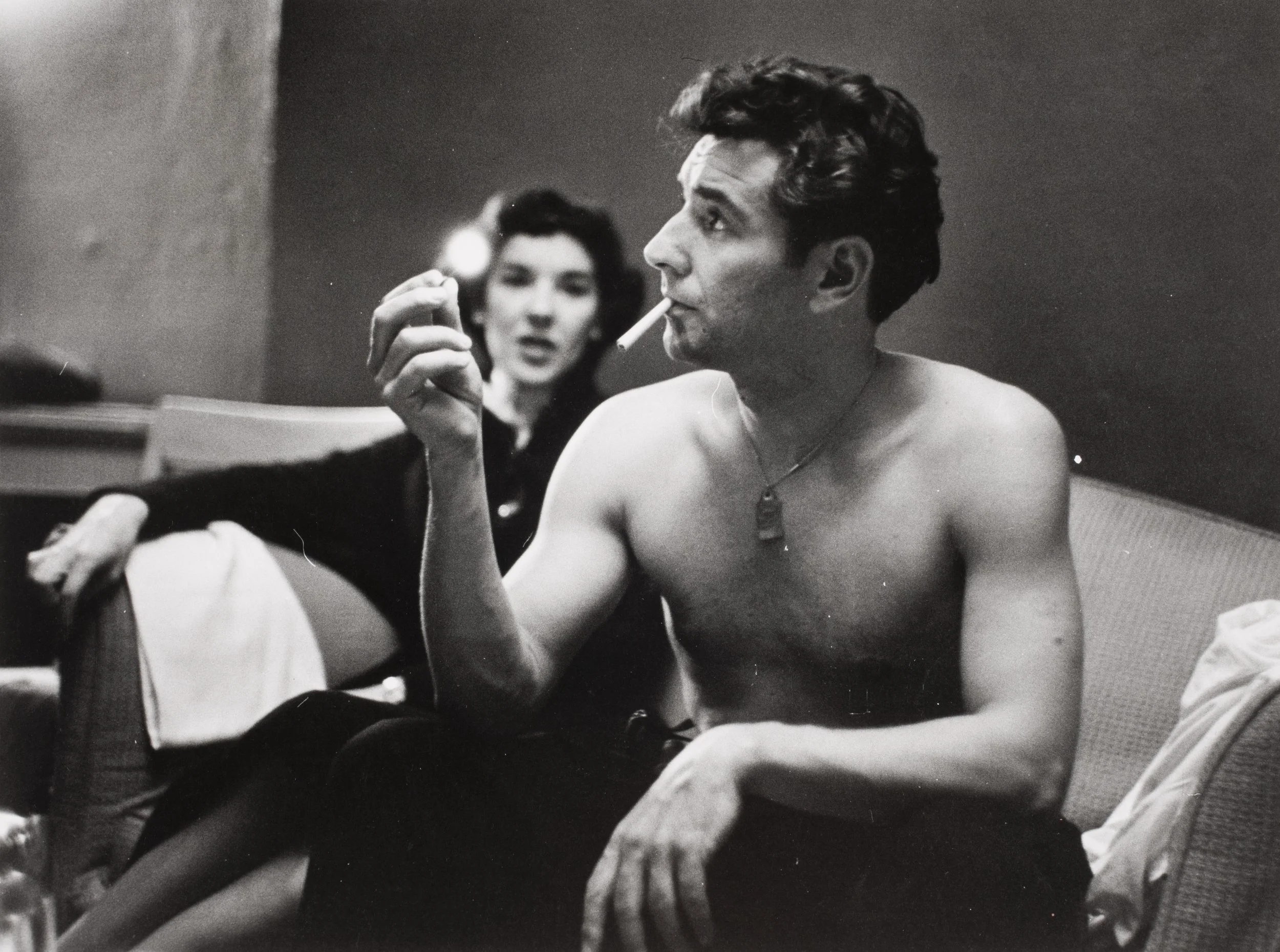Exhibition Review: Face to Face: Portraits of Artists by Tacita Dean, Brigitte Lacombe, and Caterine Opie and Between Friends: From the ICP Collection.
Brigitte Lacombe, Joan Didion, New York, NY, 2005. © Brigitte Lacombe
Written by Olivia Young
Copy Edited by Robyn Hager
Photo Edited by Ece Yavuz
The International Center of Photography is currently showcasing two exhibitions. Face to Face: Portraits of Artists by Tacita Dean, Brigitte Lacombe, and Caterine Opie, and Between Friends: From the ICP Collection. Both complement each other, and both possess a distinct sense of intimacy. The portraiture in Face to Face captures the detail of its subjects intensely: every wrinkle in the skin, glare in the eye, or essence of a scene is immortalized. Stylistic differences are visible between the three photographers featured, but the closeness of the art of portraiture remains consistent between Dean, Lacombe, and Opie. Alternatively, Between Friends exhibits an intimacy that feels as if the viewer is intruding on the world that has been created. Taken by artists of artists, these often in-action shots provide an authentic lens into the lives of those featured. The images are humanizing with moments of laughter, relaxation, or the mundanity of every-day life captured through the curated eye of artists. Whether interacting with their work or simply just being, Between Friends is a tangible display of connection and a sentimental tribute to the bonds that are formed throughout a creative process.
Face to Face features of the work of three renowned portraitists: Tacita Dean, Brigette Lacombe, and Catherine Opie. Between these three artists each possesses an individual approach to their craft. Beginning with Tacita Dean, she is most regarded for her work in film, and the exhibit features two of her short films. One of these, titled Portraits (2016), depicts artist David Hockney as he leans against the counter of his studio, casually reading and smoking. In this case, it is the mundanity of a creative process that Dean is drawn to, but she also has an inkling towards everyday life. A still from her other feature film, One Hundred and Fifty Years of Painting (2021) shows artist Julie Mehretu, her head resting on her palm as she converses with painter Luchita Hurtado.
Tacita Dean, Still from One Hundred and Fifty Years of Painting, 2021. © Tacita Dean, Courtesy the artist, Frith Street Gallery, London and Marian Goodman Gallery, New York / Paris
Brigette Lacombe’s work is bold, defined, and often monochromatic. Her portraits hold an irreplaceable focus of the subject, their features heavily emphasized by the black-and-white tones. One in particular, titled Maya Angelou, New York, NY (1987) captures the American writer and civil rights activist in a moment where her gaze is difficult to describe. Her head is tilted upwards, the image slightly blurred along her hooped earrings and her striped blouse, drawing even greater attention to her in-focus expression. Lacombe is also known for her work on the set of director Martin Scorcese’s films. She was allowed creative freedom in what she chose to shoot on his sets. A notable image can be seen in the photos of the interactions between Scorcese and actor Leonardo Dicaprio on set. However, one, titled Martin Scorcese and Joan Didion, New York, NY (2013), shows the director and the writer also on a set of sorts, though one more so one designed for an interview. Both this image as well as those captured on movie sets introduce a sense of authenticity to an otherwise completely staged scene.
Brigitte Lacombe, Maya Angelou, New York, NY, 1987. © Brigitte Lacombe
Though also categorized as traditional portraiture, the work of Catherine Opie differs from that of Lacombe. Opie’s work is often vibrant, placing her subjects in front of a starkly colored backdrop. She utilizes lighting and framing an intense shadow around her subjects in order to enhance their features as well as the details and tones of the image itself. The scene created can reflect the nature of the artist, allowing a glimpse into the thoughts and attitude of the individual represented. In Angela Scheirl (1993), the filmmaker sits confidently in front of a deep red backdrop, dressed in a suit. Taken prior to his transition, the photo of Hans Scheirl, deals with issues of gender and sexuality. This is something the two artists have in common, Opie’s work is known to integrate underrepresented groups, such as members of the LGBTQ community into mainstream art.
Catherine Opie, Angela Scheirl, 1993. © Catherine Opie, Courtesy Regen Projects, Los Angeles and Lehmann Maupin, New York, Hong Kong and Seoul and Thomas Dane Gallery, London and Naples
Compared to Face to Face, the work featured in Between Friends appears more casual and often candid. While the former is intimate in its intensity of details, the latter is intimate in the exclusive lens it allows into the lives of these artists and their friends. Spanning over seven decades (1910’s to 1970’s), the images are shockingly similar to what one may capture of their friends today. It is this, combined with the unique eye of an artist behind and in front of the camera, that make Between Friends so special. Its moments of humor, like in Inge Morath’s Saul Steinberg (1966), where a small, cardboard cutout scribbled with glasses and a straight-lined mouth is placed over the artist's face. Held steady by his nose poking out of the cardboard face, Steinberg glares to the side of the frame, presumably holding back a laugh.
Inge Morath, Saul Steinberg, 1966. Gift of Inge Morath, 1975 (202.1975). © Inge Morath/Magnum Photos
Similarly, in Barbara Morgan’s Beaumont Newhall, Ansel Adams, and Willard Morgan in Barbara's Studio (1942), two of the men are holding the third by his arms and legs, all appearing to be caught in a fit of laughter. Differing from this, but equally as sentimental, are moments of comfortability that could only be described as ordinary. Ruth Orkin’s Leanord Bernstein and his sister Shirley in the green room of Carnegie Hall (1951), shows exactly that. Bernstein looks at something out of frame, a cigarette hangs from his mouth and a light in his fingers. His sister appears to be in the middle of speaking while Bernstein seems to be listening to the unknown figure he is facing. When placed amongst other photographs that possess the same quality, ones that span throughout the 1900’s, the close and cherished feel of Between Friends is created.
Ruth Orkin, Leonard Bernstein and his sister Shirley in the green room of Carnegie Hall, 1951. Purchase, with the aid of funds from the National Endowment for the Arts and The Lois and Bruce Zenkel Purchase Fund (543.1983). © Ruth Orkin Photo Archive
Face to Face: Portraits of Artists by Tacita Dean, Brigitte Lacombe, and Caterine Opie and Between Friends: From the ICP Collection will be shown at the International Center of Photography until May 1st.



